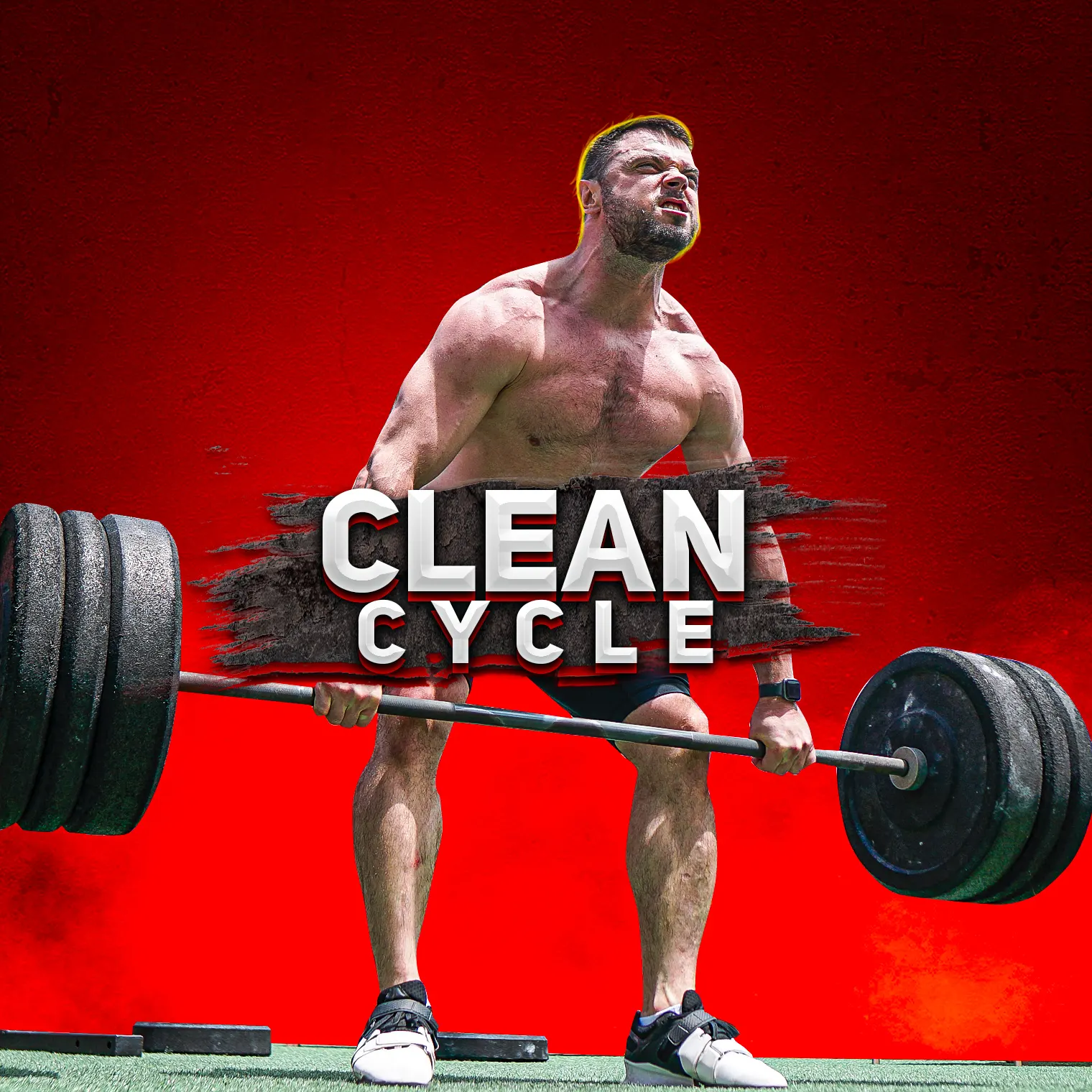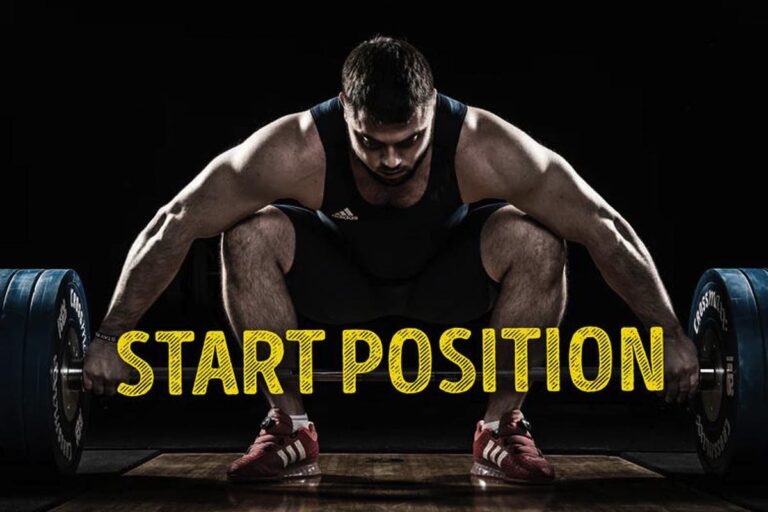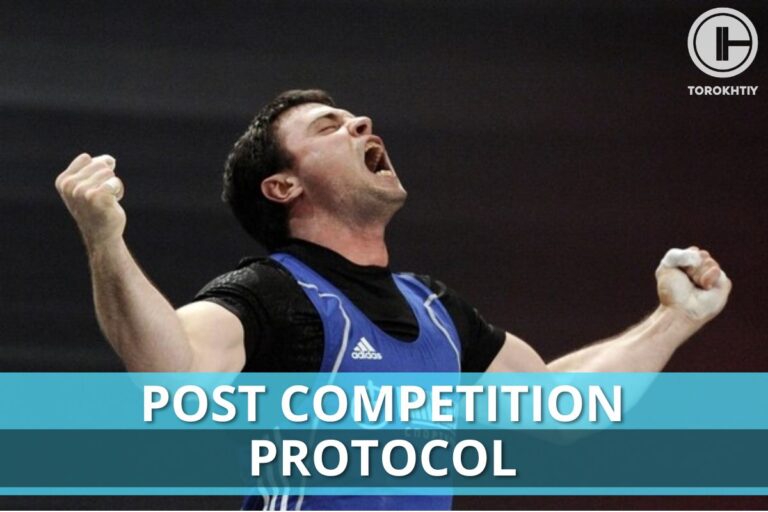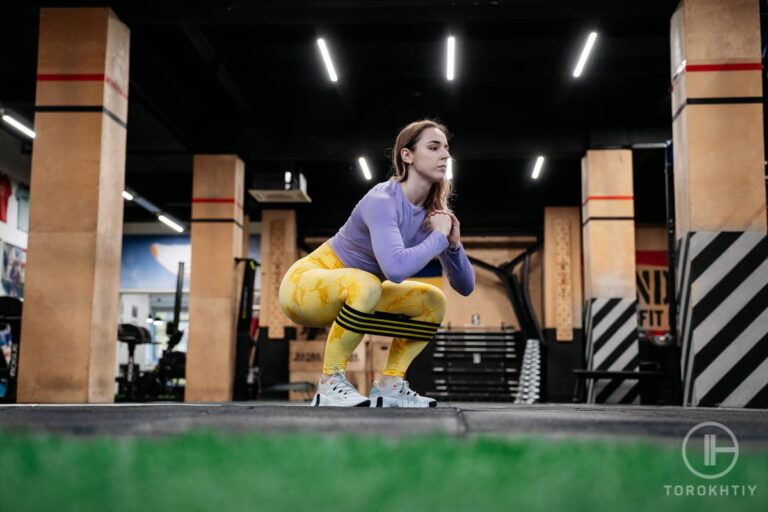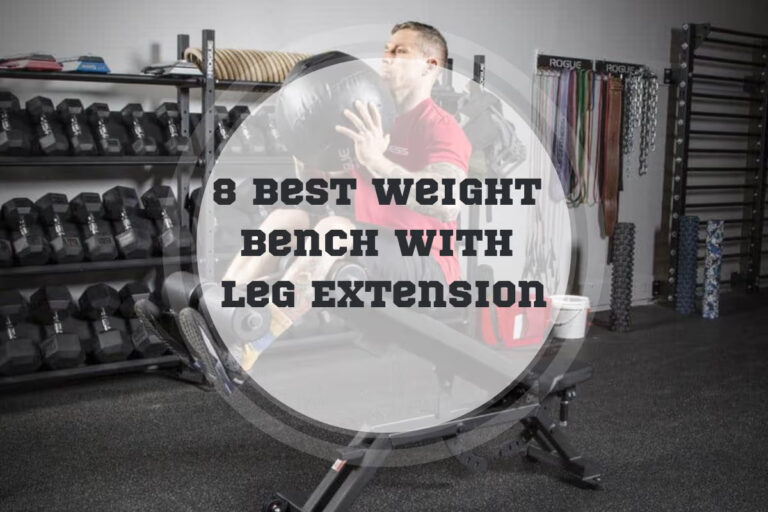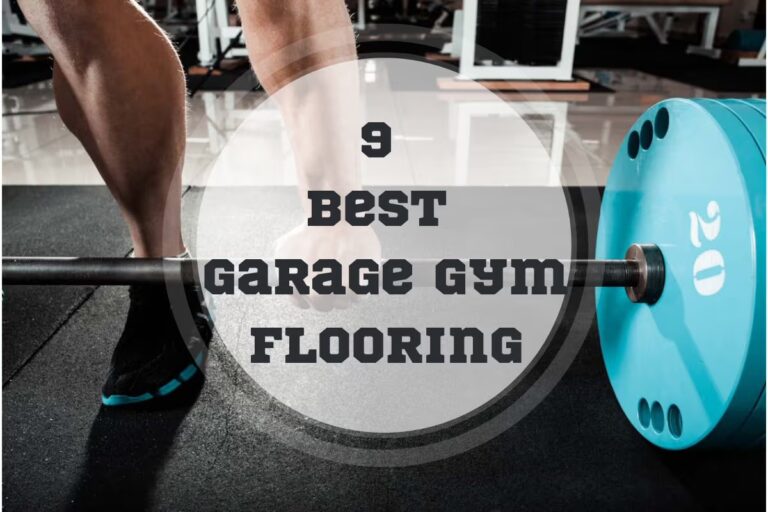Hang Clean vs Power Clean: Are They Any Different?
Reviewed by: Oleksiy Torokhtiy (21 years of Oly Lifting experience)
As far as building power goes, there are few exercises as effective as the clean. The hang clean and power clean are two variations of this incredible weightlifting workout. So are they any different? What’s the difference between them? Who wins the hang clean vs power clean matchup? We’ll find out in today’s article.
Yes, they’re different. Hang clean vs power cleancomparison is less straightforward. If your target is your explosion and squat routine, hang cleans are best. If you’re after speed and mastering transitions, pick power cleans.
Now for the long answer, we must first understand each variation. First, the hang clean.
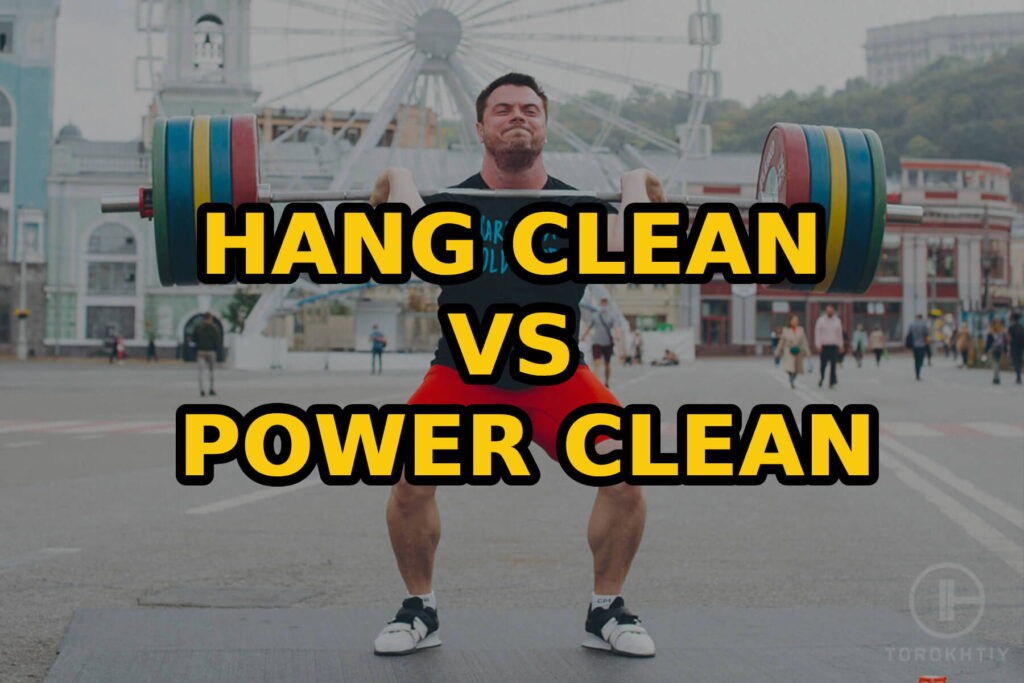
What Is A Hang Clean?
A full clean is a part of the Olympic clean and jerk exercise. To do a clean, you must pick a barbell from the floor and bring to your shoulders in a single, fluid motion.
There are some variations of the clean movement. One of these versions of the clean is called the hang clean.
A hang clean is a variation of the full clean workout that basically skips the first (starting) position and first pull. The move starts with the barbell already above the knees instead of on the ground. You go straight to the second pull and catch.
The hang clean targets muscles all over your body. Biceps, triceps, and muscles in your shoulders and forearm are all heavily engaged. It also targets your lower back, hamstring, glutes, and hip muscles.
Sounds impressive, but the hang clean vs power clean matchup is far from over.
Pros And Cons Of The Hang Clean
Positives:
Could be better:
How To Do A Hang Clean?
The hang clean consists of different stages of movement.
- The starting position for a hang clean has the barbell above your knees, somewhere mid-thigh. Keep your gaze forward and your knees straight.
- In one fluid motion, aggressively extend knees to generate momentum and pull the barbell up. At the same time, bend to a squat position so that you can slide in underneath the barbell. This move is called the second pull or the explosion.
- Once you slide in underneath the barbell, catch it on your shoulders, just above your chest. This position is known as the catch position.
- Stabilize yourself, then stand up straight with the barbell still resting on your shoulders.
- Return the barbell to the starting position just above your knees or mid-thigh.
- Go again!
Mistakes To Avoid In A Hang Clean
Form and technique are everything in the hang clean. Getting either one wrong can result in fruitless movements at best or injury at worst. Here are a few common mistakes you should take care to avoid.
The hang clean consists of different stages of movement.
- Wrong setup, especially in the starting position, can make life difficult for you
- Overextending the bar before the explosion is one common example.
- Rounding back in thoracic spine instead of keeping your back straight can also lead to extra stress or injury
- In one fluid motion, aggressively extend knees to generate momentum and pull the barbell up. At the same time, bend to a squat position so that you can slide in underneath the barbell. This move is called the second pull or the explosion.
Instead, use the triple extension. It involves a simultaneous extension of your ankles, knees, and hips.
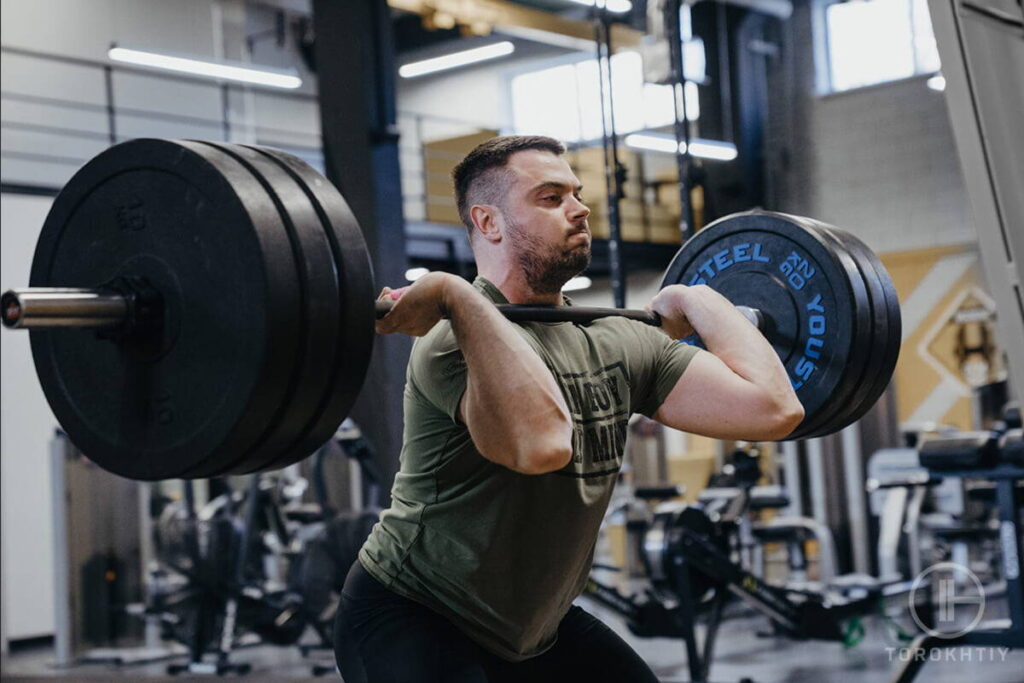
What is a Power Clean?
Like the hang clean, a power clean is a variation of the full clean. Unlike the hang clean, a power clean starts with the barbell on the floor.
Power cleans follow the same basic movement of a full clean. Pick the barbell from the floor, pull to your mid-thigh, then explode upwards and squat to catch it on your shoulders. There is only one difference: the squat depth when catching the barbell.
The power clean doesn’t require a full squat like the full clean. This means less movement, and makes power cleans easier to master.
The power clean is so popular because it’s essentially a full body workout. It works on the muscles in your shoulder, back, and stomach. It also targets muscles in your legs. Your calves, glutes, hamstring, and quads are all heavily engaged.
Pros And Cons Of Power Clean
Positives:
Could be better:
Could be better:
- It doesn’t let you lift weights as heavy as the full clean does
🔻CLEAN CYCLE Program
Crush Your CLEAN PR in 5 Weeks! 🏋️
🔥Achieve:
- New CLEAN Records.
- Master CLEAN variations.
- Focus on back and leg strength.
- Specific skills and drills for your CLEAN.
Highlights:
- ✅ 5 Days / Week
- ✅ Varied Lifts
- ✅ Strength & Technique
- ✅ Healthy Warm-Ups
Elevate your CLEAN game today! 💥
How To Do A Power Clean
A power clean involves essentially the same steps as a full clean.
- The starting position has the barbell on the ground. Stand with your feet underneath the barbell and split about as wide as your shoulder. Then squat down to grab the bar with your hands just outside your feet. Make sure to keep your back straight.
- Pull the barbell up as you stand slowly. Continue lifting until you are standing upright and the barbell is around your mid-thigh area. This is called the first pull.
- Aggressively extend knees, and explode upwards with the barbell in one fluid move. This is called the second pull or explosion.
- As you lift the barbell, slide your body underneath it by dropping into a quarter squat position. Your elbows will snap forward and underneath the barbell as you pull.
- Then you must catch the barbell neatly on your shoulders, just above your chest. Stabilize yourself and stand up straight while holding the barbell.
- Lower the barbell and release it back to its starting position.
- Go again!
Mistakes To Avoid In A Power Clean
Form and technique are central to completing any workout, and the power clean is no different. Mistakes can often result in fruitless movements or injuries. Here are some common ones you should avoid:
The hang clean consists of different stages of movement.
- Wrong posture can expose the wrong muscles and lead to strain or injury.
- Curving your back when squatting to make the first pull is a common mistake that could cause damage.
- Overextending your legs is another common error.
- Wrong movement during execution can also be dangerous.
- Catching the barbell with your hands instead of on your shoulders is a common one. Check that by making sure your elbows are facing outwards, not downwards.
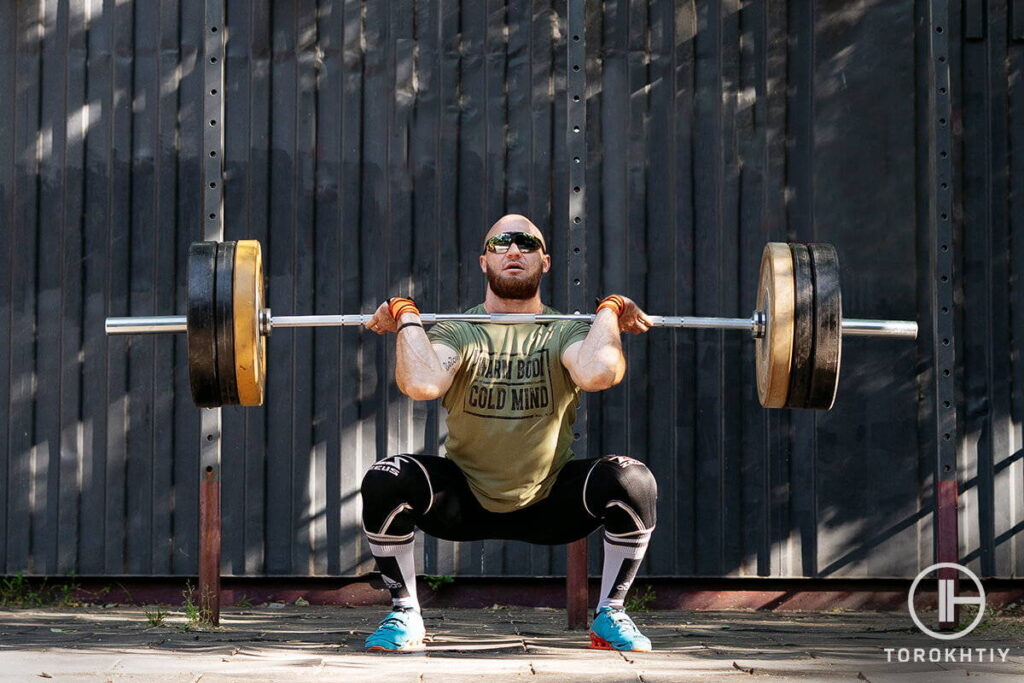
Hang Clean vs Power Clean: Head to Head
Now that we’ve settled the difference between hang clean and power clean, the next question is: which one is better for you?
To tackle this question, let’s look at a head to head comparison in some key areas.
1. Complexity And Difficulty
Both hang clean and power clean are easier versions of the full clean. Among them, power cleans usually involve lesser weights, but involve the same movements as the full clean.
The hang clean provides a less complex set of movements by skipping the first pull, but involves heavier weights and a full squat.
Which one you find easier will depend entirely on you.
2. Explosive Strength
Both hang clean and power clean involve the second pull. Both workouts will help you develop explosive strength and faster movements.
Where the power clean slightly edges the hang clean is that it involves the full transition from first pull to second pull. This slight difference helps you power through different positions more easily.
3. Force Development
The power clean helps you generate force through the whole clean process. You learn to start from the floor and move upwards generating force as you go.
The hang clean does it a bit differently. By skipping the first pull, the hang clean eliminates the use of momentum in generating force to focus on hip drive. This makes for more explosive movements.
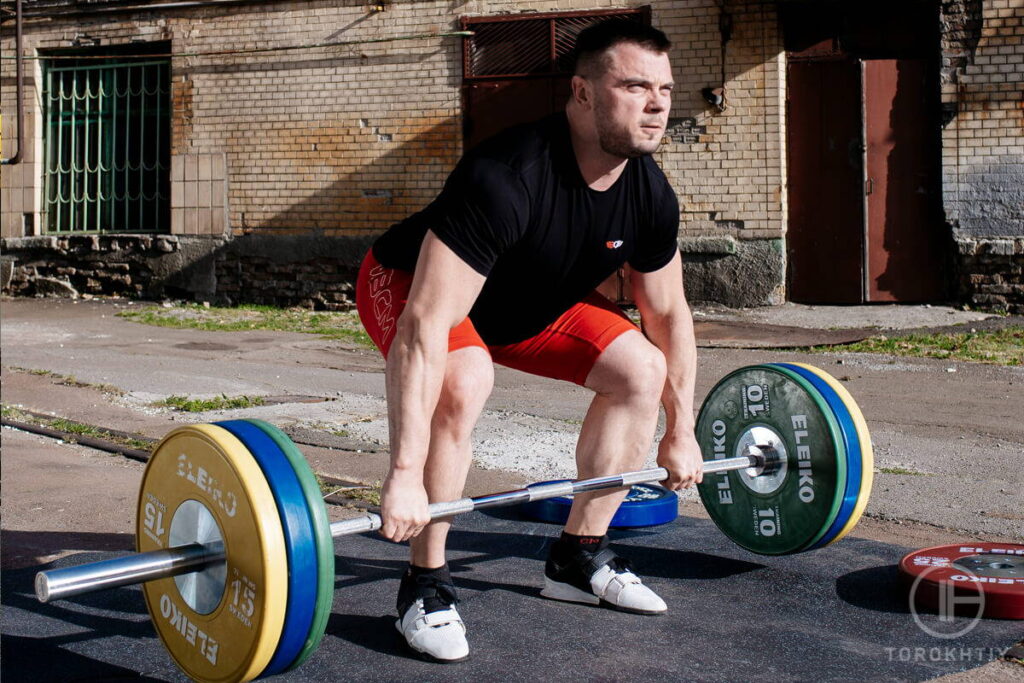
4. Timing Of The Clean
Because the clean involves multiple different movements, it’s important to nail the timing of each move.
A power clean will help improve your timing much better because it covers the whole movement process, as opposed to the hang clean that skips the first pull.
5. Transition To Full Cleans
The major point of both hang clean and power clean is to train for the full clean. The hang clean helps you master the second pull and catch phases of the clean, while the power clean helps you master the transition from first pull to explosion.
So it depends on what part of your clean movement needs the most work. Both workouts can be very helpful.
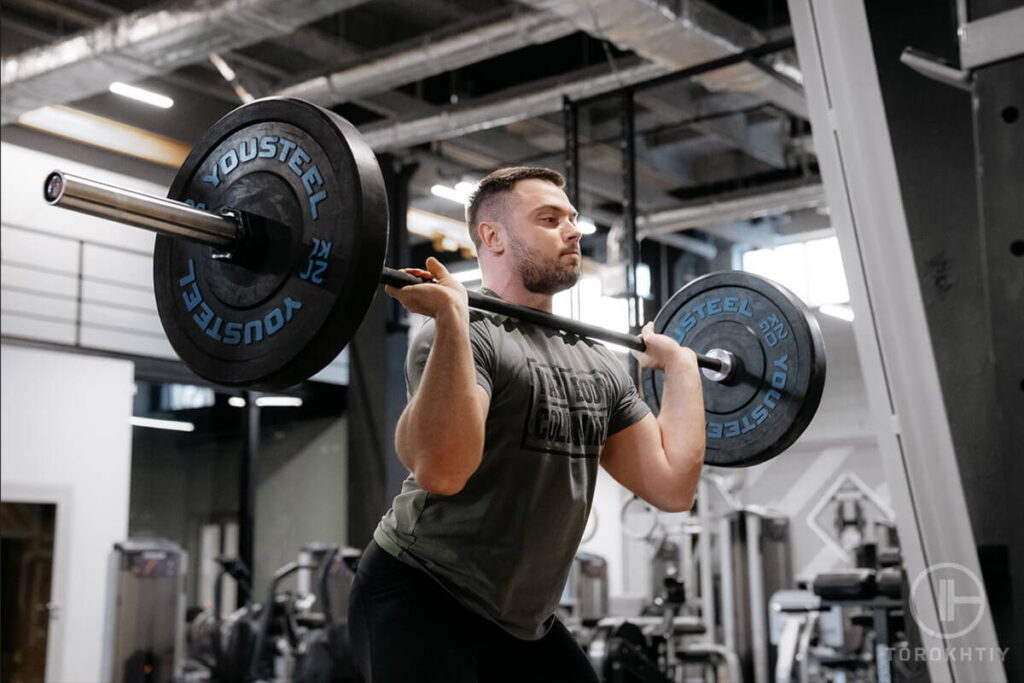
FAQ
Which One Is Easier: Power Clean or Hang Clean?
The power clean involves the entire process of the full clean while the hang clean skips the first pull. This gives the impression that the hang clean is easier, but that’s not always the case.
The hang clean involves heavier weights and a full squat. By skipping the first pull, it also eliminates any momentum that you may have generated.
Like most things in fitness, there’s no clear answer.
Do Hang Cleans Make You Faster?
The hang clean focuses on developing explosive power. This power will make you stronger and faster. It will improve not just your speed, but your acceleration.
Are Hang Cleans Better Than Power Cleans?
Yet again, there is no clear answer to this. Much of it will depend on what your goals are. Hang cleans will help you lift heavier weights, master the explosion, and nail the squat.
Power cleans will help you improve explosive movement through various positions. They’ll help you nail your transitions and move faster.
Are Hang Cleans Good for Football Players?
Yes. Hang cleans help you become more explosive and athletic. This will only help if you’re a football player. That said, some will argue that power cleans are better in this regard because they focus more on speed and involve less weight.
Others will argue that there are better workouts to do for football players such as jumps, throws, and plyometrics.
Are Power Cleans Good for Vertical Jump?
Yes. Power cleans are all about generating explosive power from the ground right up in one fluid motion. That kind of power means you can run faster and jump higher.
Conclusion
The power clean vs hang clean comparison is a close one. Both are both incredible workouts that will help you get stronger and faster. If you want to lift heavier weights and focus on the explosion and squat, go for the hang clean. If you’d rather work on maximizing speed and mastering transitions, the power clean is your drug.
Now it’s your turn! Which version of the full clean is more attractive to you? Why will you pick one over the other? Have I missed anything? Tell me all of it in the comments!
Also read:
References:
- Triple Extension & Why It’s Important For Sprinting & Jumping // Ironworksperformance: https://www.ironworksperformance. com/post/sprint-faster
Why Trust Us?
With over 20 years in Olympic Weightlifting, our team does its best to provide the audience with ultimate support and meet the needs and requirements of advanced athletes and professional lifters, as well as people who strive to open new opportunities and develop their physical capabilities with us.
By trusting the recommendations of our certified experts in coaching, nutrition, dietology, and sports training programming, as well as scientific consultants, and physiotherapists, we provide you with thorough, well-considered, and scientifically proven content. All the information given in the articles concerning workout programming, separate exercises, and athletic performance, in general, is based on verified data. We ensure that you can rely on our professionals’ pieces of advice and recommendations that can be treated as personalized ones which will benefit you and fully meet your needs.
The product testing process is described in more detail here
Author: Sergii Putsov
Head of Sport Science, PhD
Best Results: Snatch – 165 kg,
C&J – 200 kg
Sergii Putsov, Ph.D., is a former professional weightlifter and National team member, achieving multiple medals in the 94 kg weight category at national competitions. With a Master’s degree in “Olympic & Professional Sport Training” and a Sport Science Ph.D. from the International Olympic Academy, Greece, Sergii now leads as the Head of Sport Science. He specializes in designing training programs, writing insightful blog articles, providing live commentary at international weightlifting events, and conducting educational seminars worldwide alongside Olympic weightlifting expert Oleksiy Torokhtiy.
Reviewed by: Oleksiy Torokhtiy
Olympic Weightlifting Champion
Best Results: Snatch – 200 kg,
C&J – 240 kg
Oleksiy Torokhtiy is a professional athlete boasting 20 years of experience in Olympic weightlifting. With multiple European and World titles under his belt, he has showcased his prowess in two Olympic Games (Beijing 2008 and London 2012). Upon concluding his illustrious career, Oleksiy dedicated himself to coaching. By 2022, he had conducted over 200 weightlifting seminars worldwide. He is the visionary behind an international sportswear and accessories brand known for its motto, “Warm Body Cold Mind.” Additionally, he is an esteemed author and the creator of a series of training programs and eBooks.

